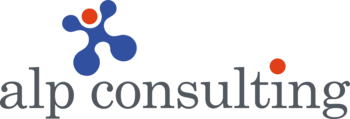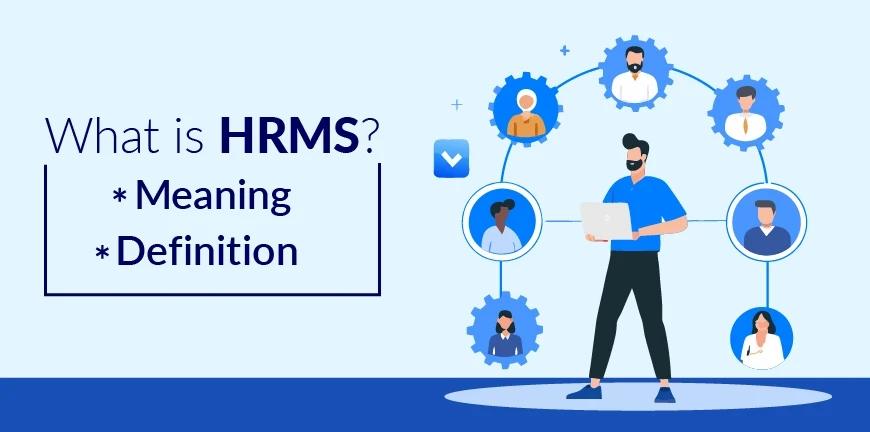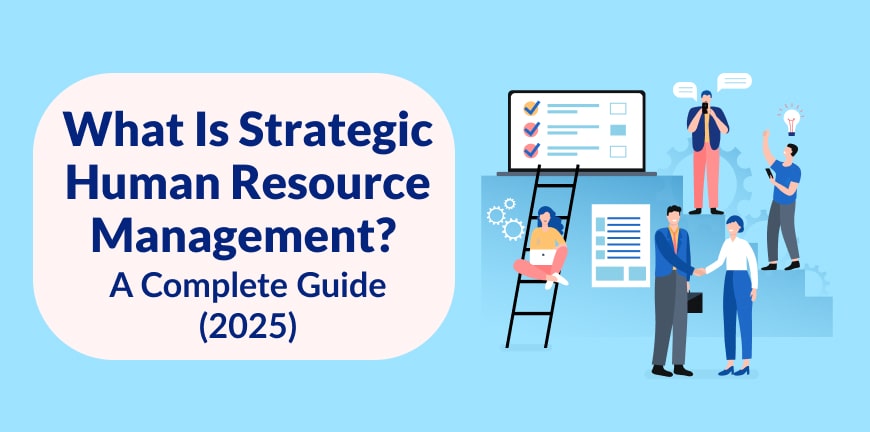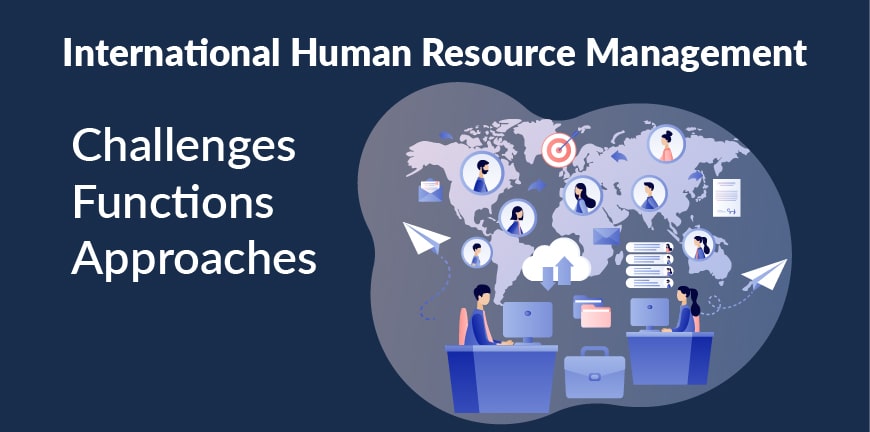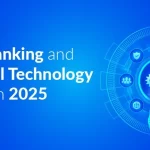
Top 8 Banking and Financial Technology Trends in 2025
08/12/2024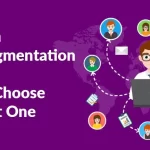
What is Staff Augmentation Model? How to Choose the Right One
13/12/2024- What Is an HRMS?
- What Are the Objectives of Human Resources Management?
- What Is the Importance of a Human Resource Management System (HRMS) in Organizations?
- What Are the Functions and Benefits of an HRMS?
- How Does HRMS Differ from HRIS and HCM?
- How Can an HRMS Improve Workforce Management?
- Frequently Asked Questions (FAQs)
Managing your employees need not be a time-consuming, arduous task. You can transform it into something you love with only the right technology. The human resource management system (HRMS) you pick could be the difference between employee dissent and engagement, and it is perhaps as simple as that, though a lot of other things go into it.
What Is an HRMS?
A software suite that helps a business manage its human resources is called HRMS. It is designed to track and monitor various administrative functions of HR, including attendance tracking, payroll, and other related tasks. It also helps automate several core HR processes, ensuring that the overall process of HR is sped up and the accuracy also improves.
What Are the Objectives of Human Resources Management?
Before we look at the functions and benefits of a human resource management system (HRMS) in more detail, we need to understand what HRM is and what its objectives are. Human Resources Management, or HRM, is the process of managing the human resources in a company, including recruiting, training, and engaging them, with the help of an HR team and management, with or without the use of an HRMS.
The main objectives of HRM are to increase employee engagement and retention, to create a positive work culture, a diverse and inclusive workplace, and integration within a team, and to always ensure compliance with labor laws, be it regarding gender equity or appropriate tax deductions, among other things.
What Is the Importance of a Human Resource Management System (HRMS) in Organizations?
The automation of HR functions and the other benefits, such as improved employee engagement and retention, better payroll and performance management, all lead to increasing the benefits of an HRMS and making it very important in an organization.
It is used by decision-makers too when they want to take beneficial actions for the business, based on insights. Many new HRMS are also customizable and provide employee self-service portals, both of which add to their utility and make them indispensable for HR teams, especially in large organizations.
What Are the Functions and Benefits of an HRMS?
1. Employee self-service
Employees can access the HRMS by themselves to manage their leaves, generate payslips for salary and view reimbursements, view and download HR policy documents, etc.
2. Easy dashboard to gain insights from data analytics
The HRMS allows both employees and the HR team to gain insights from data across several KPIs, to ensure that goals are being met and to take remedial measures, if necessary.
3. Automating and streamlining HR processes
HR processes such as management of leaves and compensations due are better managed through an HRMS. An HRMS automates several aspects of HR, such as crediting leaves and salary automatically, streamlining the management of attendance and performance reviews, etc.
4. Improved privacy and security
There is greater privacy and security for employee data in an HRMS, as there are safeguards in place to guard the level of user access and to prevent unauthorized access. Some examples are zero-trust security and geofencing, both of which ensure that the HRMS is like a well-guarded fortress!
5. Improved communication
The HRMS also allows for higher transparency and better quality of communication as it sends out automated, prewritten communication to employees and even the HR, keeping everyone updated of any changes to policy or procedure.
6. Data storage at a centralized location
All the data in an HRMS is generally stored in a centralized location, which allows for better management and security of the data that is maintained.
7. Enables customization
It is possible to set customizations in certain HRMS, which allows the HR team to alter the layout of the HRMS and even add specific themes, such as company branding, to make it their own. Such HRMS are referred to as white-label HRMS. Some even allow the HR team in the company to set custom rules, in addition to the already present automations, which ensures that specific instructions are executed at specific times.
How Does HRMS Differ from HRIS and HCM?
Though these terms sound a lot like each other, there are very important differences among all three of them. Let us look at them by comparing them with one another.
HRIS vs. HRMS
An HRIS is just a database with employee data. An HRIS could also be a collection of databases with employee data. An HRMS is used for employee benefits and performance management, among other functions. In functionality and scope, an HRMS is much more than an HRIS.
HRIS vs. HCM
HCM involves a broad set of practices and tools that tackle both the administrative as well as the strategic functions of HR in workforce management. This includes recruitment, benefits administration, performance management, etc. It will also have features like succession planning and training, and development. HRIS is just a collection of employee data that may be used for administrative tasks.
HCM vs. HRMS
Here is where the difference between the two terms gets very confusing. Truth be told, sometimes an HCM is referred to as an HRMS and HRMS as HCM. But they are essentially different, as HRMS usually takes care of administrative tasks, while HCM also handles strategic activities. Also, HCM includes HR practices where HRMS is a software solution.
What Are the Common Modules in an HRMS?
1. Onboarding
An HRMS can help with onboarding by including relevant HR documents, which a candidate must go through, explainer videos for how to submit tax forms, and so on.
2. Attendance Management
A human resource management system (HRMS) also supports attendance management by allowing employee to check their attendance, leave balances, etc., through a self-service portal. Employees can further apply for leave or request attendance regularization through the HRMS.
3. Payroll Management
Managing payroll is also a tough task, which is greatly simplified by the HRMS. The HRMS allows employees to download their pay slips and tax reports and view the payroll policies of the company, if any.
4. Performance Management
Most HRMS will allow functions for the performance management process of an employee, ensuring that both the employee and manager can track the progress in the HRMS. Even decision-makers can be given access to the information in this specific part of the HRMS.
5. Benefits Administration
Benefits administration is easy to do with the HRMS, and enables more transparency for the process, allowing employees also to see the benefits due to them, to dispute any not given under payroll accrual.
6. Analytics
Though not a separate feature, every HRMS supports analytics to a certain extent, especially in attendance tracking, productivity, and performance management. It can also provide a 360-degree view of how human resources are being managed in business, enabling them to make better decisions.
How Can an HRMS Improve Workforce Management?
By using the above modules effectively, a business can improve the workforce management significantly, ensuring that the employees are happy, productive, and become great brand ambassadors too. There are several examples one can think of for every feature of an HRMS and how it can help improve workforce management.
An example of this is an HRMS that allows employees to track their attendance and apply for leave when they need a break. Another example could be that an HRMS may have tools for performance management built in, which allow employees to track performance reviews and analyze past performance.
Frequently Asked Questions (FAQs)
1. What does HRMS stand for?
HRMS stands for human resources management system, a software solution that is designed to automate and streamline the HR processes in a company. This includes administrative tasks such as benefits administration and leave management, as well as more strategic ones like workforce performance management.
2. How does an HRMS benefit HR professionals?
An HRMS allows HR to take the administrative responsibilities off their shoulders and instead focus on strategic tasks. HR can invest their time in change management, managing the performance of candidates, and interim leadership management.
3. What types of organizations can benefit from an HRMS?
All organizations, big or small, can benefit from an HRMS. Outsourcing your HR to a third party is another great option, and will work just great, especially if you find a partner who will accommodate your requests, no matter how big or small they may be.
4. How often should an organization evaluate its HRMS?
Evaluating an HRMS is very crucial for any organization. This is an ongoing process, and all the stakeholders must be participants in this process. Any updates to the HRMS must also be communicated by the technology partner to the HR team.
5. What is the process of HRMS?
HRMS is not a process, but a software solution to manage the HR processes in a business. In other words, HRMS is software to manage the HRM in a company and ensure that all HR processes are going on as expected.
6. What is HRMS Pay Slip?
An HRMS payslip is a digital salary slip generated through a Human Resource Management System. It shows an employee’s monthly earnings, deductions, taxes, net pay, and other salary details. HRMS makes payslips easy to access, accurate, and instantly downloadable for employees.
Contact Us For Business Enquiry

Rajkumar Shanmugam
Rajkumar Shanmugam is the Head of HR at ALP Consulting, bringing over 19 years of comprehensive HR leadership experience across India and international markets. His expertise spans talent acquisition, employee relations, performance management, compliance, and HR transformation. Rajkumar has a proven track record of driving people-centric initiatives, enhancing workplace culture, and aligning HR strategy with business goals. With extensive experience in US staffing operations and global mobility, he continues to lead organizational excellence through innovation and employee engagement.
